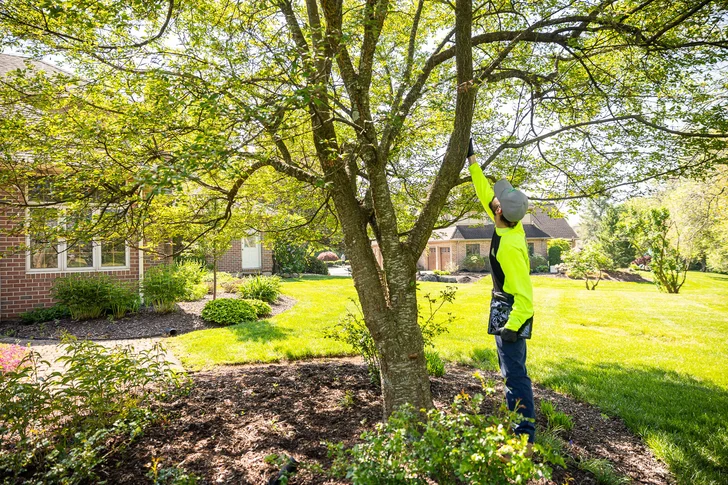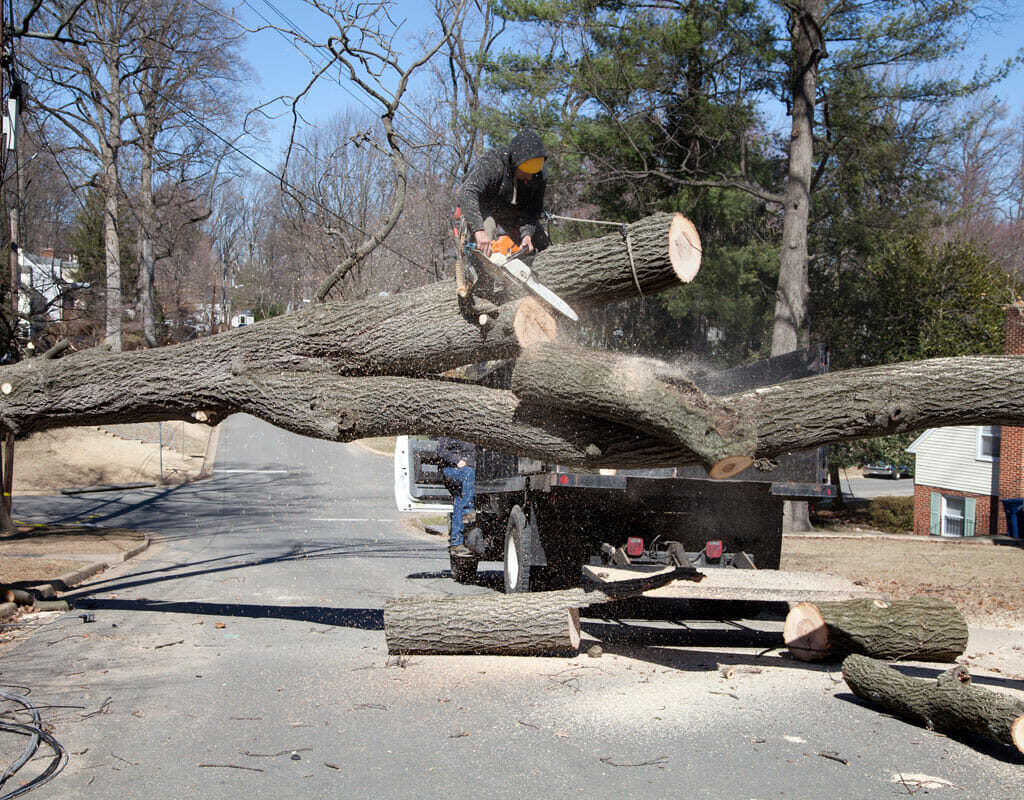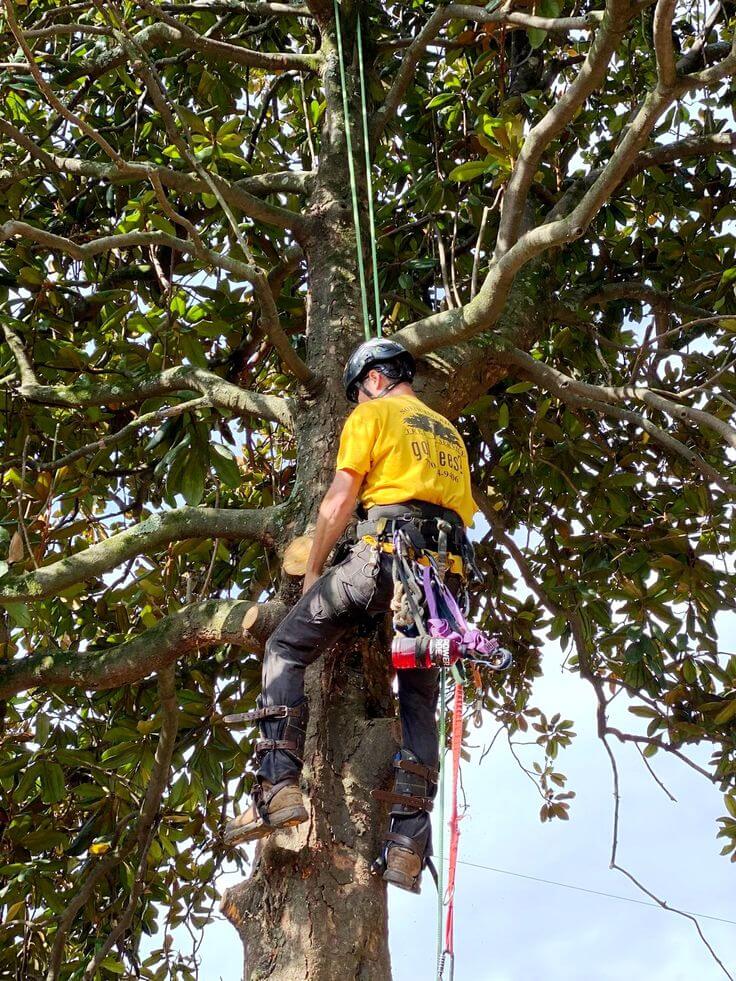Cheap Tree Removal: Your Ultimate Guide to Cost-Effective Solutions
Introduction
Tree removal can be an expensive necessity, but it doesn’t have to drain your budget. Whether it’s a dying tree or one too close to your home, the key is balancing cost and quality. In this guide, you’ll find tips, tricks, and insights to help you remove trees affordably and safely.
Why Tree Removal Might Be Necessary
1. Hazard Prevention
Trees can become dangerous over time. A large, weakened tree could fall during a storm, damaging property or injuring someone. By removing it preemptively, you can avoid potential legal liabilities and costly repairs. Imagine a giant branch falling on your roof—fixing it would cost far more than the removal itself.
2. Enhancing Curb Appeal
Dead, diseased, or awkwardly placed trees can be eyesores. Removing them can instantly elevate your property’s appearance. This is particularly important if you’re planning to sell your home. A clean, well-maintained yard suggests to buyers that the property is well cared for.
3. Disease or Decay Issues
Trees can fall victim to pests, rot, or disease, which may spread to nearby healthy plants. Early removal can prevent a larger landscaping disaster. Fungus growing on the trunk, dead leaves in summer, or brittle branches are signs that a tree is past saving.
Factors Affecting Tree Removal Costs
1. Tree Size and Height
The bigger the tree, the more manpower and equipment are required to remove it. For example, removing a small tree under 25 feet might cost $150–$400, whereas a towering 80-foot oak could run over $1,000.
2. Location and Accessibility
A tree that’s near a house, fence, or power lines requires more careful handling, often raising the price. Companies may need cranes or specialized climbing gear, which adds to the expense. Conversely, an easily accessible tree in an open yard will be much cheaper to remove.
3. Type of Tree
Hardwoods like oak and maple are harder to cut and remove, making them pricier to deal with. Softwoods such as pine or fir are generally less expensive. Additionally, some trees have extensive root systems that are difficult to fully extract.

DIY Tree Removal vs. Hiring Professionals
1. Pros and Cons of DIY
Pros:
• Significant cost savings
• Control over the process
• Can be a rewarding challenge for those with the right skills
Cons:
• Requires specialized tools like chainsaws, ropes, and safety gear
• Risk of injury or property damage
• Can be time-consuming and physically exhausting
2. Risks Involved
Removing even a medium-sized tree can be dangerous. An incorrectly judged falling branch can smash a vehicle or wreck a roof. Always ensure you have a clear escape path, and never attempt DIY removal near power lines or large structures.
How to Find Affordable Tree Removal Services
1. Local Contractors vs. Large Companies
Small, local tree removal companies often offer better rates than big-name firms. They have lower overhead costs and can provide more personalized service.
2. Online Platforms and Reviews
Websites like Yelp, Angie’s List, and Google Reviews are excellent tools to find reliable, affordable tree services. Look for companies with a mix of positive and critical reviews to get a balanced view.
3. Comparing Multiple Quotes
Contact at least three different companies and get detailed quotes. Make sure the estimates include all potential costs, such as stump removal and debris cleanup, to avoid surprises.
Seasonal and Regional Cost Variations
1. Off-Season Discounts
Many companies have less work during the winter months, meaning you can score better deals. If your tree isn’t an immediate hazard, waiting until late fall or winter could save you hundreds.
2. Regional Price Differences
Tree removal costs can vary significantly by region. Rural areas tend to have lower prices due to lower labor costs, while urban areas with higher demand and stricter regulations may charge more.

Hidden Costs to Watch Out For
1. Stump Grinding and Removal
Stump removal is typically excluded from standard tree removal estimates, and grinding the stump may incur an extra cost ranging from $100 to $300, depending on its size. If you’re okay with the stump being left behind, clarify this during the quoting process.
2. Cleanup and Debris Disposal
Certain businesses impose additional fees for clearing away branches, leaves, and other debris. Ask if cleanup is part of the estimate or if it’s billed separately. Renting a wood chipper or mulching the debris yourself could save you money.
Recycling and Reusing Tree Waste
1. Firewood and Mulch Options
Cut the wood into manageable logs and season it for firewood. Larger branches can be chipped into mulch, saving you from buying expensive garden mulch.
2. Eco-Friendly Disposal Ideas
Consider donating large logs to local woodworking groups or recycling programs. Some companies specialize in turning old trees into custom furniture or art pieces, so you might even turn waste into a unique keepsake.
Conclusion
Removing a tree on a budget requires smart planning, research, and a bit of flexibility. By understanding the factors that influence cost, comparing multiple quotes, and knowing when to call in the pros, you can ensure a safe and cost-effective solution.

